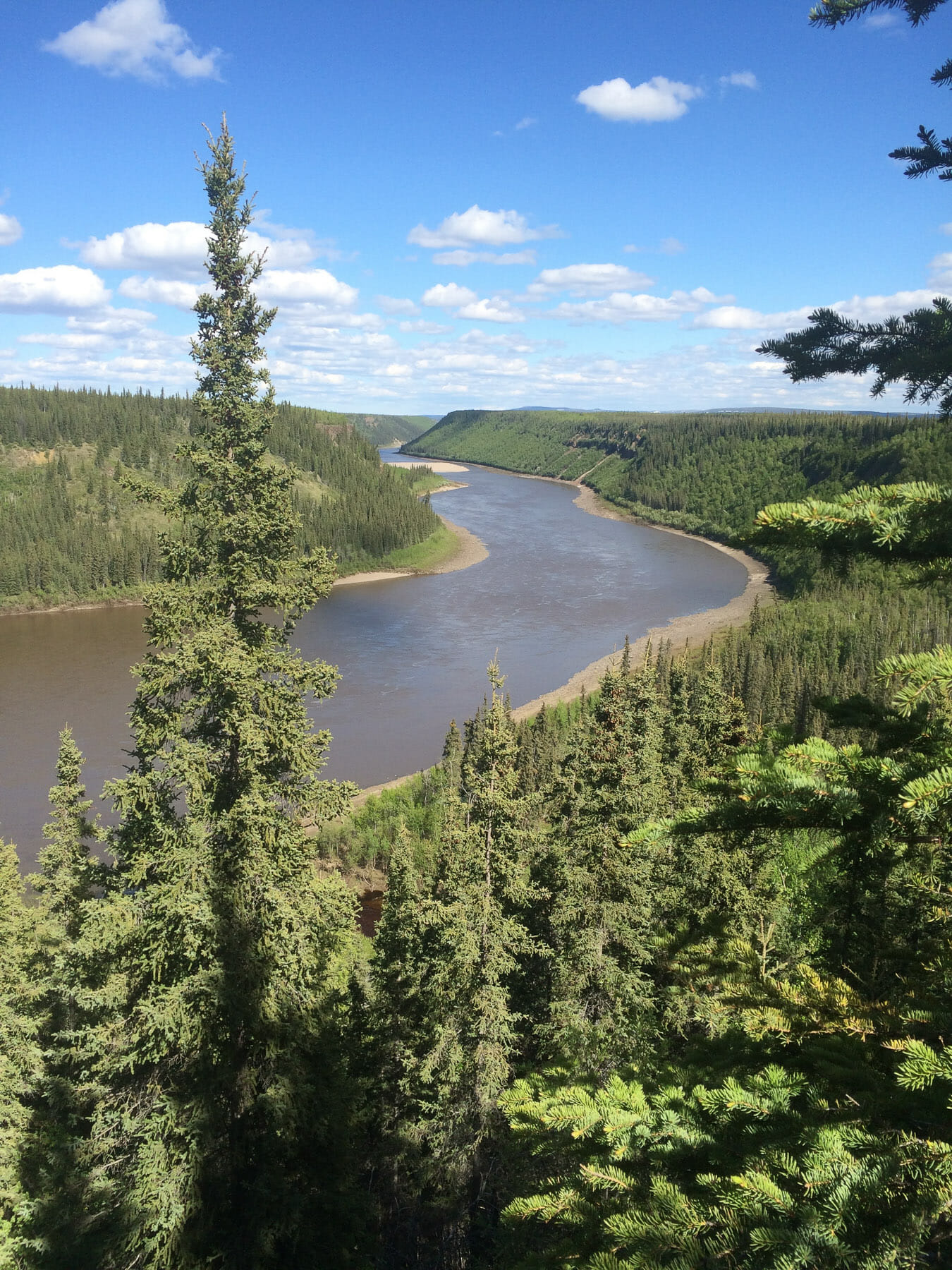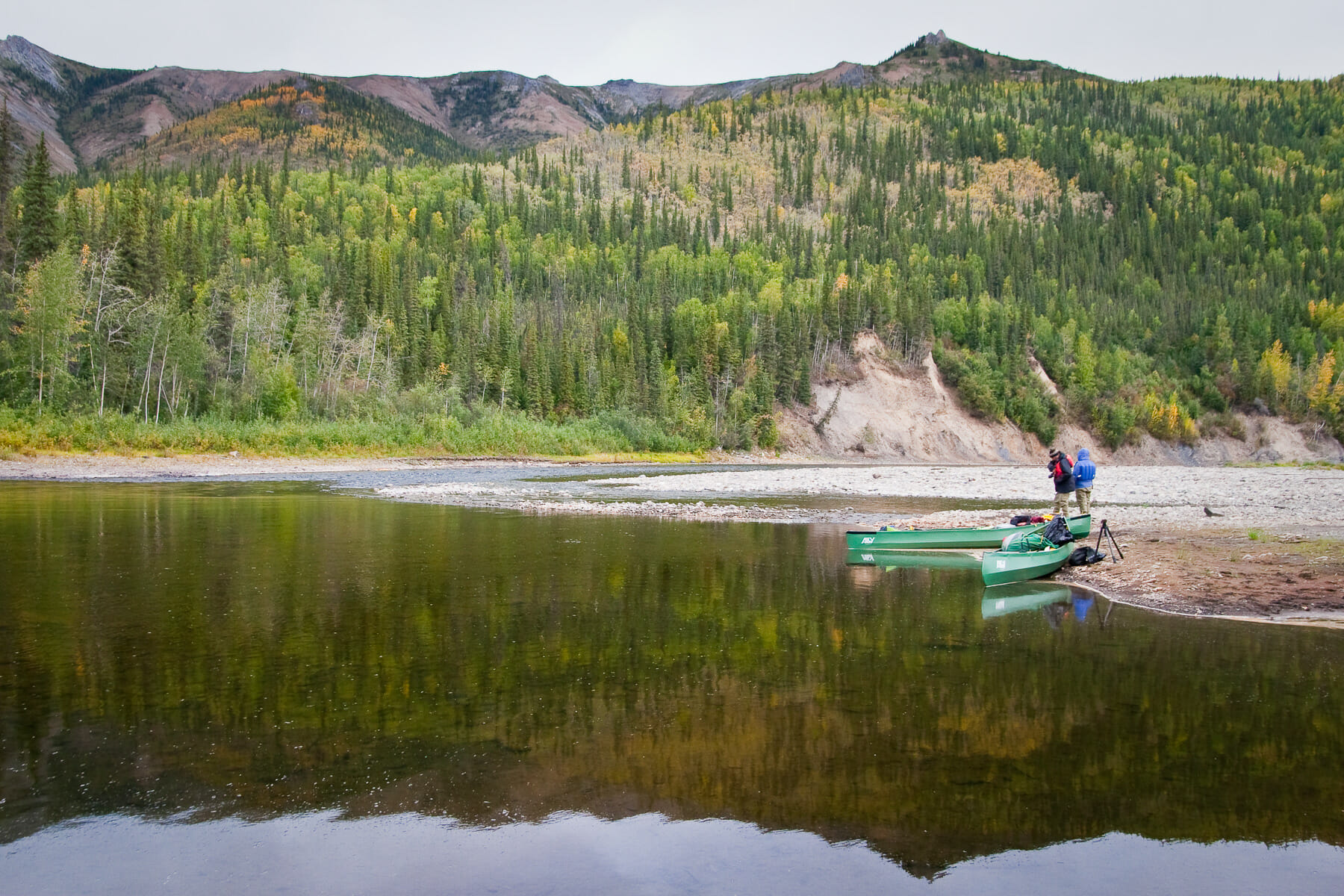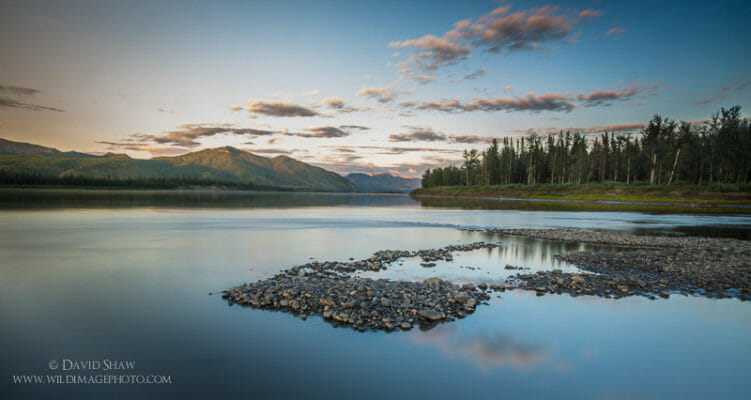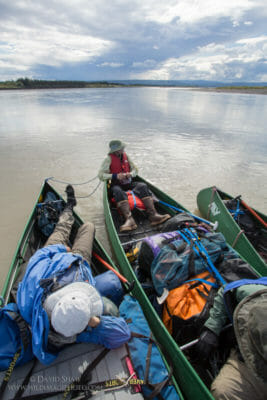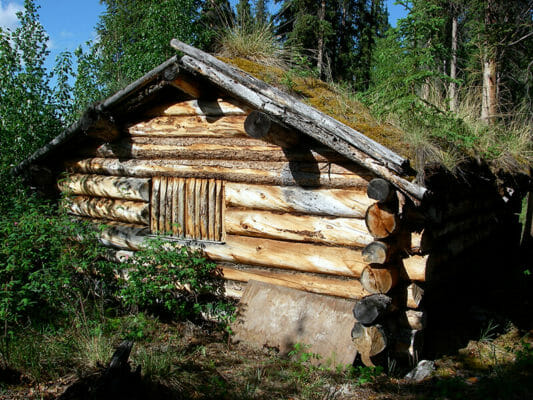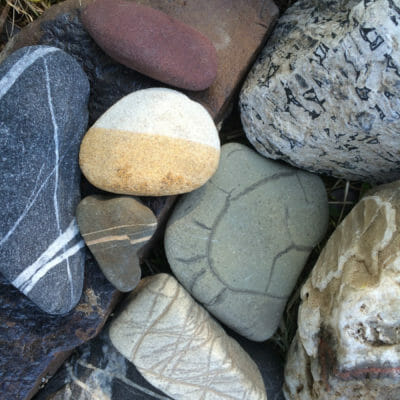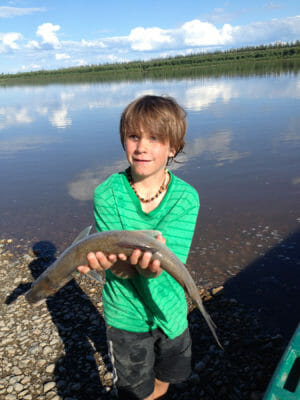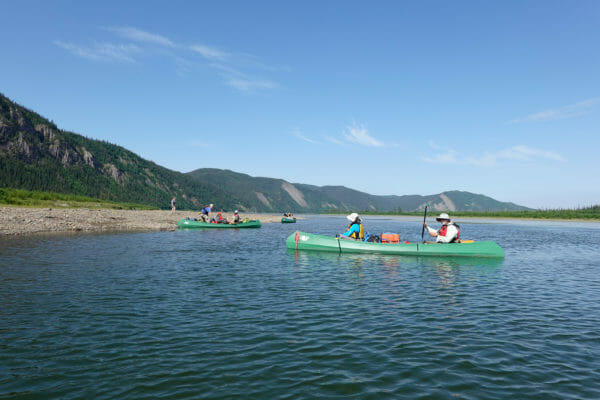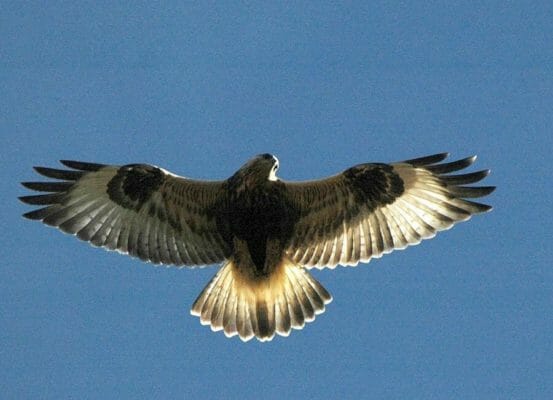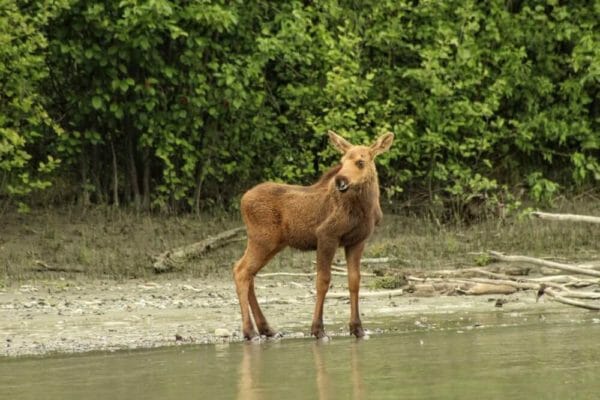Last updated: September 8, 2024
Itinerary
What follows is a general flow of events. Expect the unexpected and prepare to be flexible.
Example dates
Meet your guide at a pre-trip meeting at 4 pm at Arctic Wild headquarters in Fairbanks.
July 12
It is an early departure on the mail plane to Fort Yukon, where the Porcupine meets the Yukon River. From there we charter a smaller plane further north and east to a gravel bar on the Porcupine River just below the Alaska/ Canada border. Once all are on the ground, we can begin assembling our canoes and settling into our wilderness home.
July 13
Before we launch on the river will work on refining our paddling skills and will discuss river safety. Then we join the current and paddle past bluffs and onto Old Rampart House, the site of the first Hudson Bay post in the area.
July 14 - 18
Our time is ours to do what we please. We can start our day by climbing the bluff behind camp to smell the sweet sage and watch hawks and falcons circle above the river. Or we can head out early and watch the glassy river slip beneath the canoe. At lunch we can follow a small creek back into the woods where we find an old cabin with a garden still producing rhubarb in the wilderness. We will travel most days and will be on the water for five to six hours each day. This schedule allows plenty of time for exploring from camp or making side trips during a leisurely lunch break. We will pass many clear water side streams that offer opportunities to fish. As we near our final destination, the river bluffs disappear and we enter an area called the Yukon Flats, a fantastically productive area for waterfowl. Here, as the river slows, the sky is broad and colorful.
July 19
All good things must end. Shake the sand from your tent and pack your gear in anticipation of our quick flight to Fort Yukon and then onto Fairbanks. Weather permitting we arrive in time for dinner and shower.




